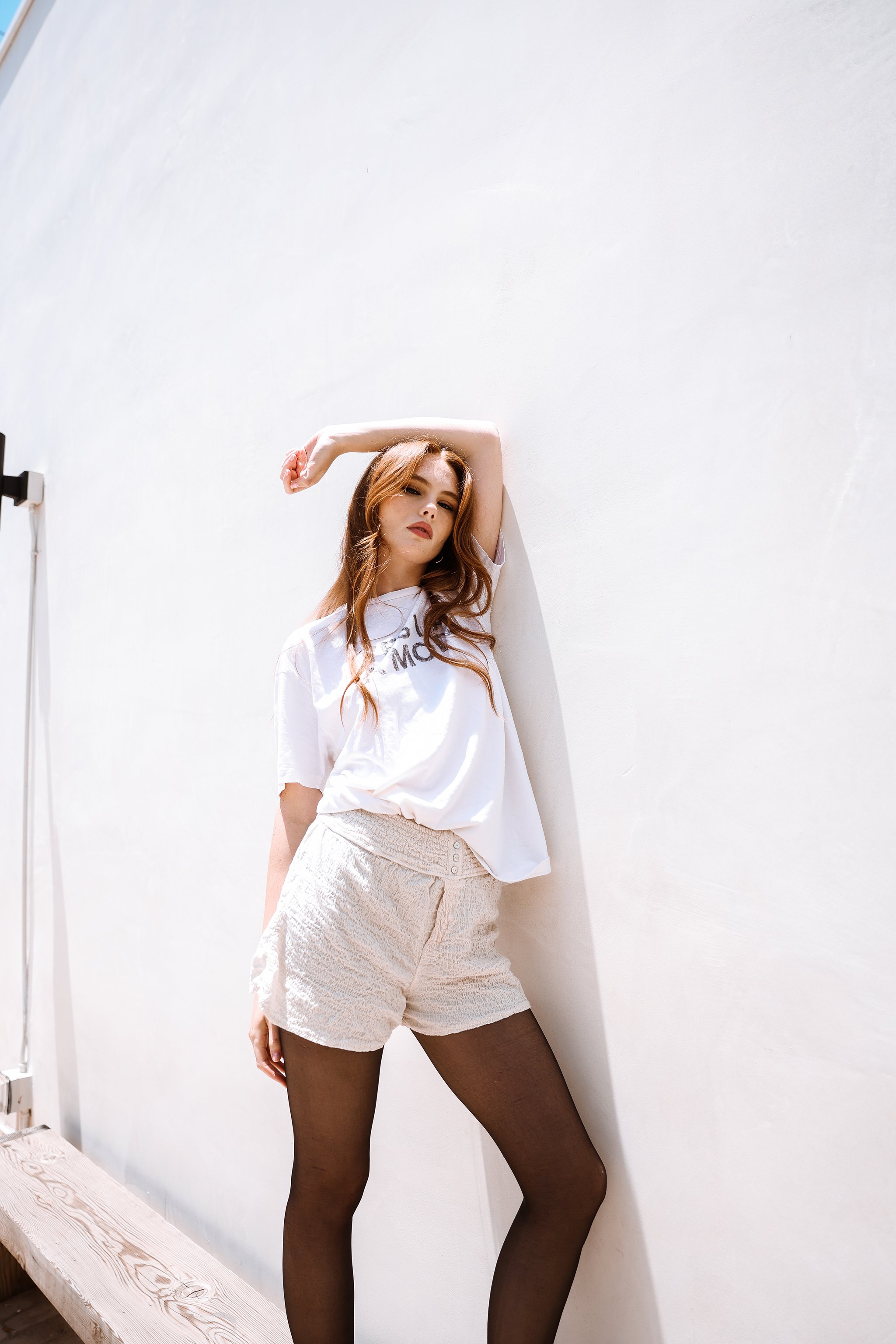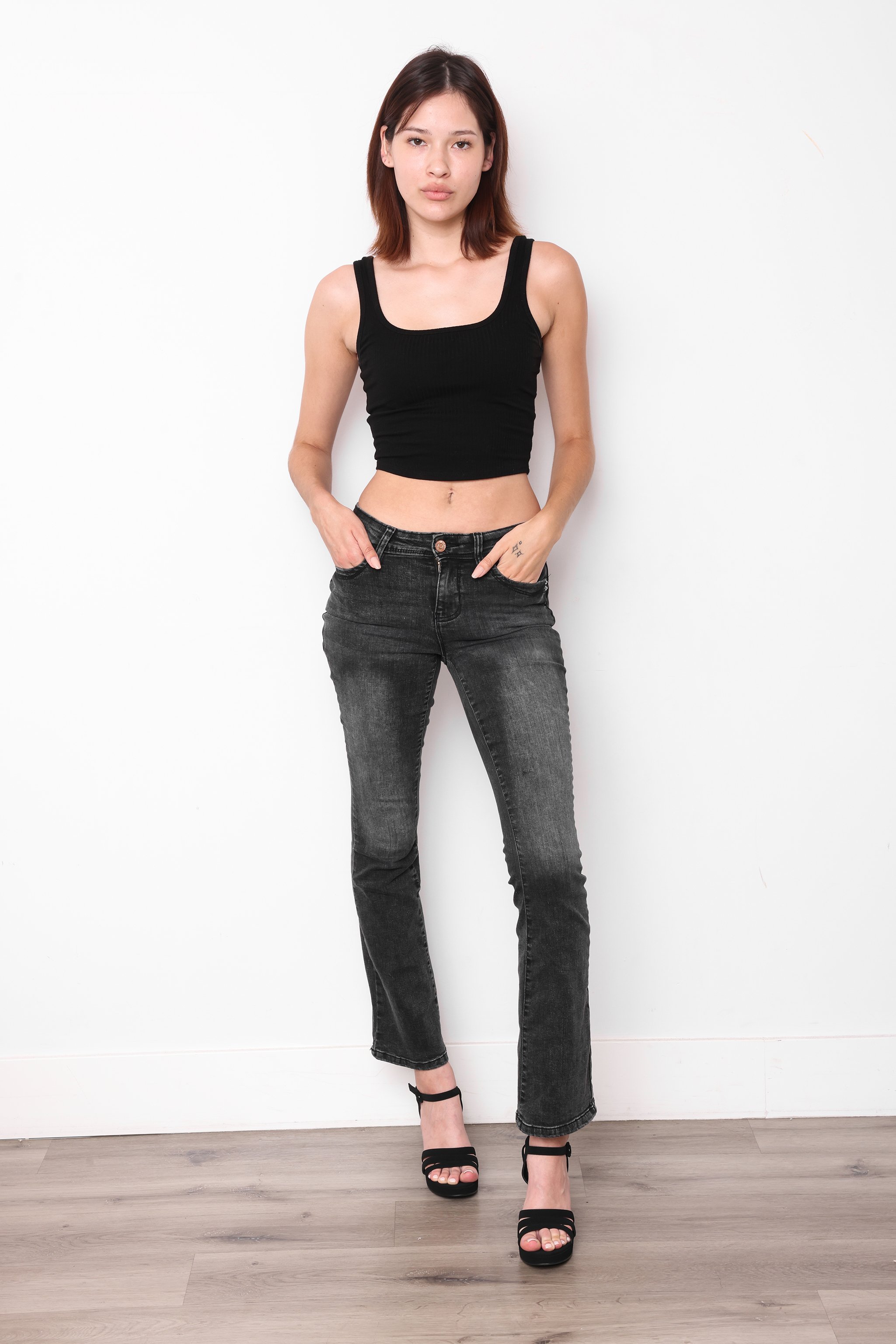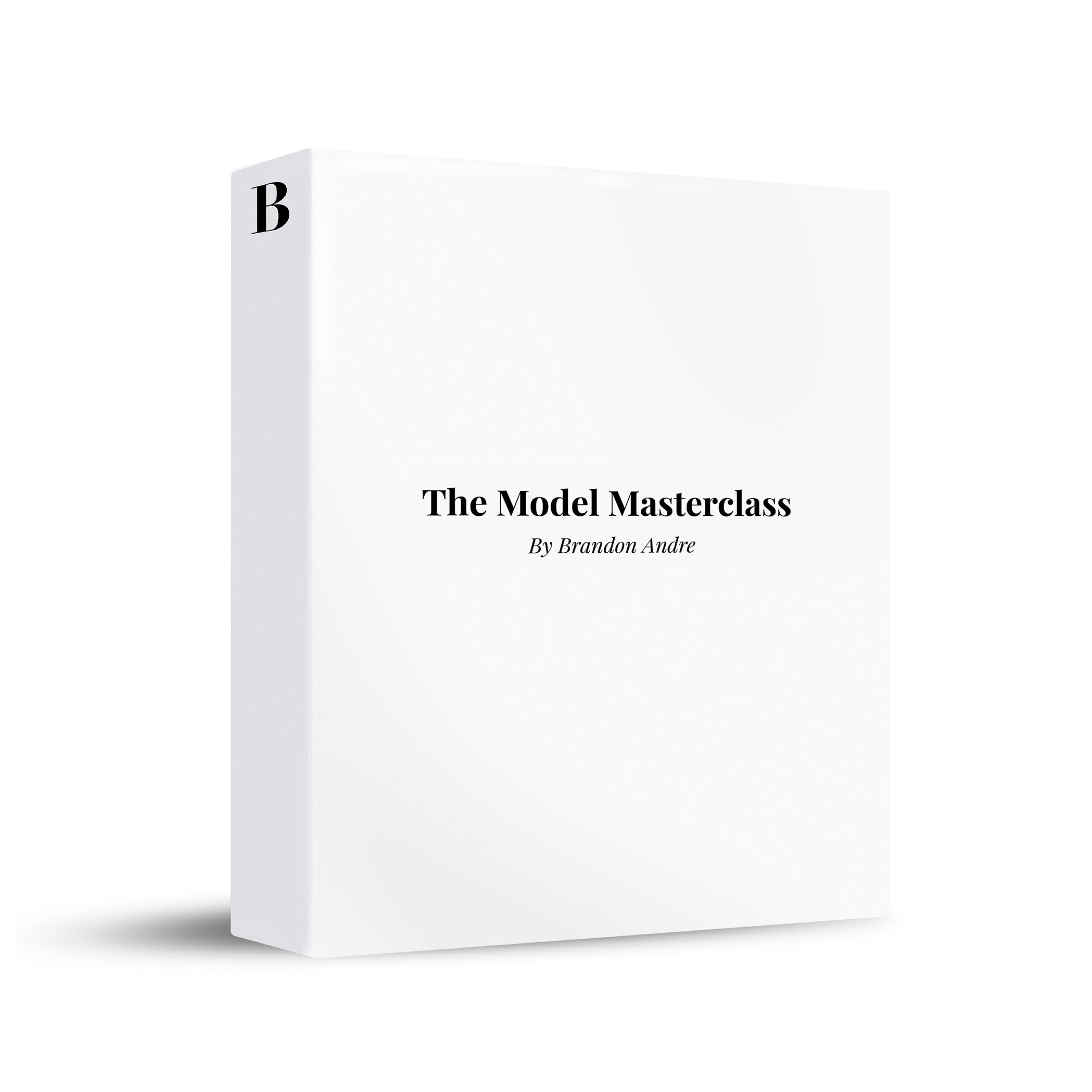Editorial vs. Commercial Modeling
When you think about modeling, you might imagine glamorous photoshoots, but there’s a big difference between editorial modeling and commercial modeling that can shape your career in different ways. Editorial modeling is more about artistry and storytelling, while commercial modeling focuses on selling products and connecting with everyday people. Each one needs different skills and offers unique opportunities, and choosing between them can really influence your path in the industry. So, what should you consider when deciding which path fits your goals?
Key Takeaways
Editorial modeling focuses on artistic storytelling and creativity, while commercial modeling promotes products and brands for broader appeal.
Compensation is generally higher in commercial modeling, as it directly links to product sales, unlike often lower or unpaid editorial work.
Editorial models require strong posing and emotional expression skills, whereas commercial models must connect with consumers through relatability.
Editorial modeling features stricter height and beauty standards, while commercial modeling embraces diversity in ethnicity, size, and age.
Networking is essential in both fields, with opportunities varying from fashion weeks in editorial to stable ads in commercial modeling.
Still need model help? Book a 4omin model coaching call with me now!
Definition of Editorial Modeling
Editorial modeling is all about artistic expression and storytelling through fashion photography. Models are typically featured in high-fashion magazines and creative campaigns, showcasing designer collections and avant-garde fashion. Your role as an editorial model goes beyond posing; it's about displaying a concept and conveying emotions through imagery.
To maintain market relevance, it's crucial to stay updated on emerging industry trends that can influence the types of editorial work available.
The requirements for editorial models often include specific physical criteria, such as height and unique features that align with the high-fashion aesthetic. Collaborating with photographers, stylists, and other creative teams is critical to bring a vision to life. You'll work together to create photographs that capture attention.
While compensation for editorial work can sometimes be lower or unpaid, the experience is priceless. This type of modeling enhances your modeling portfolio, providing exposure that can lead to future opportunities in the fashion industry.
It's a chance to express your creativity and develop your skills in an artistic environment. As an editorial model, you're not just a face; you're a crucial part of a larger narrative in the ever-evolving world of fashion.
Definition of Commercial Modeling
Commercial modeling is all about promoting products and brands through advertisements, billboards, and catalogs aimed at mass appeal. Models play a significant role in connecting with consumers by showcasing relatable lifestyles and emotions.
Unlike editorial modeling, which emphasizes artistic expression, commercial modeling focuses on authenticity and accessibility. This approach allows for a wider range of opportunities, as agency representation is crucial for the industry and finding work.
The commercial modeling market embraces diversity, using models of various ethnicities, sizes, and ages. This allows brands to connect with a wider audience, making it essential for models to reflect the average population.
Height, size, and age requirements in commercial modeling are generally less strict, enabling more individuals to enter the field.
Models in commercial campaigns must show a sense of relatability and warmth, which helps establish a connection with everyday consumers. A strong camera presence and personality are key to effectively promote products.
Additionally, compensation in commercial modeling tends to be higher than in editorial modeling, as it directly correlates with product sales and brand representation.
Commercial modeling serves as a bridge between products and consumers, making it a an important part of the advertising industry.
Key Differences Between Both
Fashion photography highlights two different paths: one that celebrates artistic vision and another that aims for widespread appeal.
When you look at the key differences between editorial and commercial modeling, you'll notice that editorial modeling focuses on creativity and storytelling, usually in high-fashion magazines. It emphasizes artistic expression, which generally appeals to niche audiences.
Meanwhile, commercial modeling tries to sell products to a bigger audience, using relatable imagery that connects with everyday consumers.
There are many opportunities in modeling, catering to different niches and body types, which can influence the direction of your career.
Height and beauty standards between the two modeling types are different. Editorial modeling typically has stricter height and size requirements, while commercial modeling has a more inclusive approach, representing diverse demographics.
This inclusivity usually means better pay in commercial modeling, where models tend to make more and get better benefits because it’s all about sales and marketing.
At the end of the day, both types of modeling require strong visual skills, but editorial modeling is more about artistic expression, while commercial modeling focuses on what clients want and everyday products.
Understanding these differences can help you find your way in the fashion industry.
Skills Required for Each
When looking at the skills needed for modeling, it's important to understand that editorial and commercial modeling each require different strengths.
For editorial models, being great at posing and using facial expressions is key. You need to express emotions and artistic ideas, often working with unique and creative concepts. This means having a strong sense of creativity and a deep knowledge of fashion artistry, as well as a solid portfolio that shows off your best looks and poses.
On the other hand, commercial models need to focus on being relatable and authentic. It's important to connect with everyday consumers since you'll often be portraying lifestyles that appeal to a wider audience.
Both types of modeling require versatility, but commercial models often need to cater to different demographics and meet specific client needs.
Collaboration is crucial for editorial models because they often work closely with creative teams, like photographers and stylists. Meanwhile, commercial models usually focus on following specific instructions from clients during shoots.
While both types of modeling require a strong presence, editorial models bring drama and storytelling to the table, while commercial models focus on being relatable.
Career Opportunities in Modeling
Modeling opportunities can be quite different between editorial and commercial modeling. In editorial modeling, you might find opportunities during fashion weeks, magazine shoots, and collaborations with photographers and stylists. Here, the focus is on artistic expression and creativity, which can lead to unique experiences, though sometimes with lower pay.
To succeed in editorial modeling, having the right look and physique is essential, along with strong communication skills, especially when it comes to advertising products.
On the other hand, commercial modeling usually offers more stable job opportunities. You can work in ads, catalogs, and various promotional events aimed at large audiences, which often leads to better pay.
In both areas, networking is crucial. Many opportunities come through agencies or direct connections with clients, so building those relationships is important.
While some successful models can move between editorial and commercial work, each path has its own challenges and rewards.
If you want to get started modeling the right way, without wasting time, energy and money, then you need my Model Masterclass. In my course I teach you the inside secrets on how to become a successful model.
Editorial vs. Commercial Modeling
Knowing the differences between editorial and commercial modeling is important if you're thinking about a career in fashion. Editorial modeling is all about artistic expression, while commercial modeling focuses on being relatable and driving sales. Each path requires its own set of skills and offers different career opportunities. By understanding these distinctions, you can better match your talents and goals with the right type of modeling, helping you build a successful fashion career that fits your strengths and ambitions.






